Home>Garden Essentials>What To Put On The Ground In Children’s Play Area
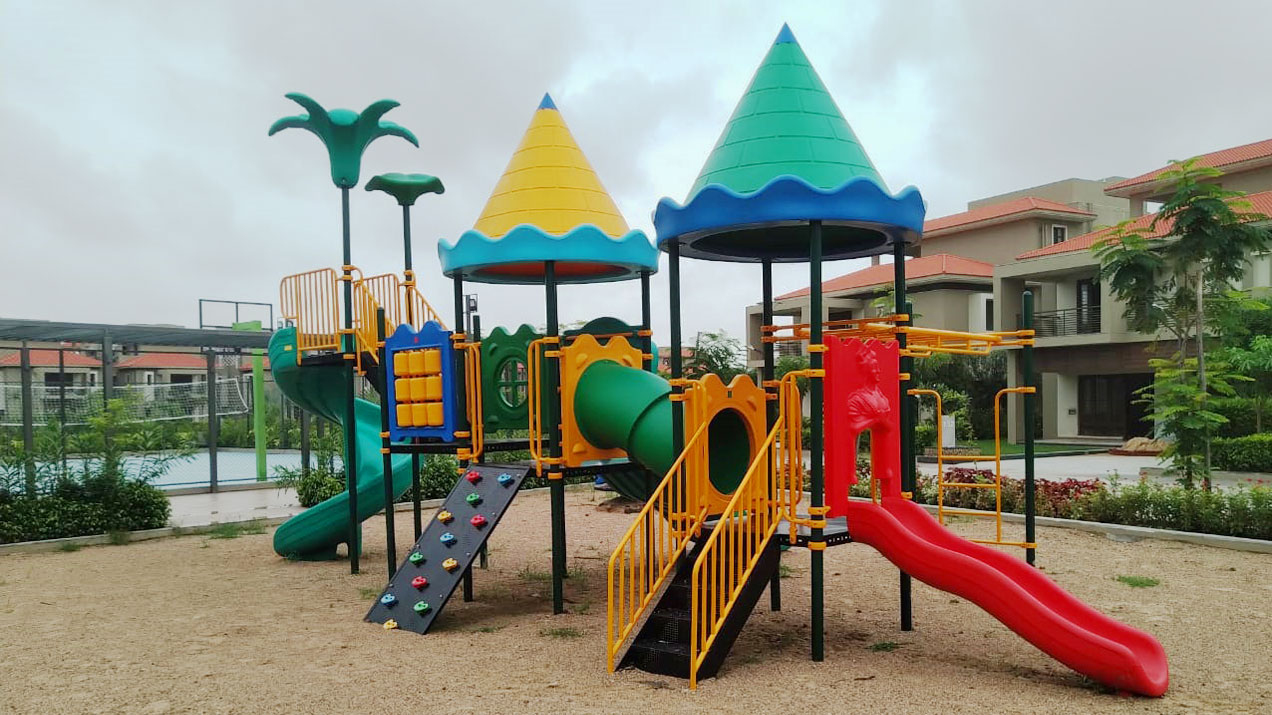

Garden Essentials
What To Put On The Ground In Children’s Play Area
Modified: October 20, 2024
Discover the best materials to put on the ground in a children's play area. Create a safe and fun garden space for kids with our expert recommendations.
(Many of the links in this article redirect to a specific reviewed product. Your purchase of these products through affiliate links helps to generate commission for Storables.com, at no extra cost. Learn more)
Introduction
Creating a safe and engaging play area for children is of utmost importance for parents, schools, and community centers. A well-designed play area not only provides a space for children to have fun and release their energy but also promotes their physical, cognitive, and social development. When it comes to developing a play area, one crucial consideration is the ground material. The ground material not only affects the safety and comfort of the children but also plays a significant role in the overall aesthetics of the space.
Selecting the right ground material for a children’s play area is essential to ensure their safety and reduce the risk of injuries. The ideal ground material should provide a cushioning effect to absorb impact, offer slip resistance, and be durable enough to withstand heavy play. Additionally, the material should be low-maintenance and easy to clean to keep the play area hygienic.
In this article, we will explore different ground materials suitable for children’s play areas, their unique advantages and considerations, and how they compare to each other. By understanding the characteristics and benefits of each ground material, you can make an informed decision and create a safe and enjoyable play area for children.
Key Takeaways:
- Choose the right ground material for a safe and fun play area. Consider factors like safety, durability, maintenance, and cost to create an inviting space for children to thrive and explore.
- From rubber mulch to natural grass, each ground material has unique benefits and considerations. Balance safety and aesthetics to create a play area that promotes children’s well-being and development.
Importance of a Safe and Engaging Play Area
A safe and engaging play area is crucial for the well-being and development of children. It provides them with a space where they can engage in physical activity, explore their surroundings, and develop important skills. Here are some key reasons why a safe and engaging play area is important:
- Promotes physical development: Play areas with appropriate ground materials encourage children to engage in active play, helping them develop motor skills, coordination, balance, and strength. Running, climbing, jumping, and swinging all contribute to their physical development.
- Enhances cognitive development: When children engage in imaginative and sensory play, it stimulates their cognitive abilities. A well-designed play area can include elements that promote problem-solving, creativity, and critical thinking, such as puzzles, sensory play stations, and interactive games.
- Facilitates social interactions: Play areas provide an opportunity for children to interact with their peers, develop social skills, and learn how to share, take turns, and cooperate. By engaging in group play and collaborative activities, children enhance their communication and socialization skills.
- Boosts emotional well-being: Play is a natural outlet for children to express themselves and manage their emotions. A safe and engaging play area provides a space where children can release their energy, reduce stress, and experience joy and happiness. It also enhances their self-esteem and confidence as they conquer challenges and achieve new milestones.
- Fosters sensory development: Sensory play is essential for young children’s development as it allows them to explore the world around them through their senses. A play area with sensory elements such as sand, water, textures, and musical components stimulates their senses of touch, sight, hearing, and even smell, facilitating their sensory integration and cognitive growth.
By creating a safe and engaging play area, we provide children with an environment that supports their holistic development. It encourages them to be active, explore, interact, and learn, fostering their physical, cognitive, social, and emotional well-being. Now, let’s explore the factors to consider when selecting ground materials for a children’s play area.
Factors to Consider When Selecting Ground Materials
When it comes to selecting the ground material for a children’s play area, several factors need to be taken into consideration. Each factor plays a crucial role in ensuring that the chosen ground material is safe, durable, and suitable for the intended purpose. Here are some key factors to keep in mind:
- Safety: The safety of the ground material is of utmost importance. It should provide adequate cushioning to absorb impact in case of falls and reduce the risk of injuries. The material should also be non-toxic and free from allergens or any potentially harmful substances. It’s essential to choose a material that meets safety standards and regulations.
- Durability: The ground material should be able to withstand heavy play, weather conditions, and regular use. It should not easily degrade or become damaged over time. A durable material ensures that the play area remains safe and functional for an extended period.
- Maintenance: Consider the level of maintenance required for the chosen ground material. Some materials may require occasional cleaning, while others may need regular maintenance to ensure their longevity and safety. Choose a material that is low-maintenance and easy to clean.
- Suitability for intended activities: Consider the type of play activities that will take place in the play area. Different materials may be more suitable for specific activities. For example, if the play area includes climbing structures or swings, a material with good slip resistance is essential.
- Aesthetics: The visual appeal of the ground material is an important consideration as it contributes to the overall look and feel of the play area. Choose a material that complements the surrounding environment, enhances the play area’s aesthetics, and creates an inviting atmosphere.
- Budget: Consider the budget available for the installation and maintenance of the ground material. Some materials may be more cost-effective in the long run, while others may have higher upfront costs but require less maintenance over time. Find a balance between quality and affordability.
By carefully considering these factors, you can make an informed decision and select the most suitable ground material for your children’s play area. Now, let’s explore some of the different ground materials that are commonly used in children’s play areas and their unique advantages.
Different Ground Materials Suitable for Children’s Play Areas
When it comes to selecting the ground material for a children’s play area, there are various options available, each with its own set of advantages and considerations. Here are some of the different ground materials commonly used in children’s play areas:
- Rubber Mulch: Rubber mulch is made from recycled rubber and offers excellent shock absorption, making it a popular choice for play areas. It provides a soft and cushioned surface that helps prevent injuries from falls. Rubber mulch is also durable, resistant to extreme weather conditions, and requires minimal maintenance. It comes in a variety of colors to add visual appeal to the play area.
- Engineered Wood Fiber: Engineered wood fiber is made from shredded wood that is specially processed to create a soft and resilient surface. It offers good impact absorption and is an affordable option for play areas. However, it may require regular replenishment and maintenance to retain its quality and safety standards.
- Artificial Turf: Artificial turf provides a natural grass-like appearance and is low-maintenance compared to natural grass. It offers a soft and cushioned surface, making it ideal for play areas. However, it may have higher upfront costs and can heat up in direct sunlight.
- Pour-in-Place Rubber Surfacing: Pour-in-place rubber surfacing consists of a base layer of recycled rubber mixed with a top layer of EPDM rubber granules. It offers excellent shock absorption, slip resistance, and durability. It can be customized with different colors and designs to create a visually appealing play area, but it may require professional installation.
- Rubber Tiles: Rubber tiles are pre-made tiles made from recycled rubber. They are easy to install and provide a cushioned and slip-resistant surface. Rubber tiles come in various thicknesses and can be interlocked, offering versatility in design and configuration.
- Pea Gravel: Pea gravel consists of small, smooth, and rounded stones. It offers good drainage and is a cost-effective option for play areas. However, it does not provide as much cushioning as other materials, so additional safety measures may need to be taken.
- Sand: Sand is a classic ground material for play areas and offers excellent sensory play opportunities. It is affordable, drains well, and can be easily leveled. However, it may require regular upkeep to prevent contamination and maintain its quality.
- Poured Concrete: Poured concrete is a durable and long-lasting option for play areas. It provides a smooth and even surface, making it suitable for various activities. However, it may not offer sufficient shock absorption, so additional safety measures may be required.
- Natural Grass: Natural grass provides a soft and natural surface for play areas. It offers good drainage and is visually appealing. However, it may require regular maintenance, such as mowing and irrigation, to keep it safe and healthy.
Each of these ground materials has its own unique advantages and considerations. It’s essential to evaluate your specific needs, budget, and safety requirements when choosing a ground material for your children’s play area. Next, let’s compare and assess the different ground materials to help you make a well-informed decision.
Rubber Mulch
Rubber mulch is a popular choice for children’s play areas due to its excellent shock absorption properties and durability. Made from recycled rubber, it provides a soft and cushioned surface that helps prevent injuries from falls. Here are some key advantages and considerations associated with using rubber mulch:
- Shock Absorption: Rubber mulch offers exceptional shock absorption, making it an ideal ground material for play areas. It effectively cushions falls and reduces the risk of injuries, providing a safer environment for children to play.
- Durability: Rubber mulch is highly durable and can withstand heavy use and extreme weather conditions. It does not degrade or break down easily, ensuring a long-lasting play surface that requires minimal maintenance.
- Low-Maintenance: Unlike natural grass or wood mulch, rubber mulch does not require regular watering, mowing, or replacement. It remains intact and keeps its color over time with minimal upkeep, saving time and effort.
- Non-Toxic: High-quality rubber mulch is non-toxic and free from harmful chemicals. It is specially engineered to be safe for children and the environment.
- Color Options: Rubber mulch is available in a range of colors, allowing you to customize the play area and create a visually appealing environment that children will love.
- Sustainability: By using rubber mulch, you contribute to a sustainable solution by utilizing recycled materials. It helps reduce waste and promotes the reuse of rubber products.
- Considerations: Although rubber mulch has numerous advantages, there are a few considerations to keep in mind. It can heat up in direct sunlight, so it’s essential to ensure proper sun exposure or consider shading options. Additionally, its initial cost may be higher compared to some other ground materials, but the long-term durability and low maintenance requirements make it a cost-effective choice.
Overall, rubber mulch provides an excellent combination of safety, durability, and low maintenance for children’s play areas. Its shock absorption properties and long-lasting nature make it an ideal choice for creating a safe and enjoyable play surface. However, it’s important to weigh the pros and cons and consider specific needs and budget constraints before selecting rubber mulch as the ground material for your play area.
Engineered Wood Fiber
Engineered wood fiber is a popular ground material choice for children’s play areas. It is made from shredded wood that is specially processed to create a soft and resilient surface. Here are some key advantages and considerations associated with using engineered wood fiber:
- Impact Absorption: Engineered wood fiber offers good impact absorption, making it safe for children to play and reduce the risk of injuries from falls. The cushioned surface helps protect against bumps and bruises.
- Affordability: Engineered wood fiber is a cost-effective option for play areas. It is generally more affordable compared to some other ground materials, making it an attractive choice, especially for projects with budget constraints.
- Accessibility: Engineered wood fiber provides good accessibility for children with mobility challenges. Its soft surface allows for easier movement and helps accommodate wheelchairs or other mobility devices.
- Non-Toxic: High-quality engineered wood fiber is manufactured from safe and non-toxic materials. It is free from harmful chemicals and additives, ensuring a safe play environment for children.
- Durability: Engineered wood fiber can withstand heavy play and has good resistance to decay and deterioration. However, it may require regular replenishment and maintenance to maintain its quality and safety standards.
- Natural Appearance: Engineered wood fiber provides a natural look and blends well with outdoor environments. Its earthy color and texture create a visually appealing play area that integrates seamlessly with the surrounding landscape.
- Considerations: While engineered wood fiber has many advantages, there are a few considerations to keep in mind. It may require periodic replenishment to ensure adequate depth and cushioning. Additionally, it can be susceptible to displacement or erosion in heavy rainfall or high-traffic areas, requiring ongoing maintenance to keep the surface level and safe.
Overall, engineered wood fiber offers a cost-effective and safe surface option for children’s play areas. Its impact absorption properties, affordability, and natural appearance make it a popular choice for various playground projects. However, it’s important to assess specific needs, maintenance requirements, and budget constraints before selecting engineered wood fiber as the ground material for your play area.
Artificial Turf
Artificial turf is a synthetic ground material that provides a natural grass-like appearance and is commonly used in children’s play areas. Here are some key advantages and considerations associated with using artificial turf:
- Safe and Soft Surface: Artificial turf provides a soft and cushioned surface, making it ideal for play areas. It offers a comfortable playing experience and helps reduce the risk of injuries from falls.
- Low-Maintenance: Compared to natural grass, artificial turf requires minimal maintenance. It does not need to be watered, mowed, or fertilized, saving time and resources. Regular cleaning and brushing can help keep it clean and in good condition.
- Durability: Artificial turf is highly durable and can withstand heavy play and various weather conditions. It does not easily wear out or get damaged like natural grass, providing a long-lasting play surface.
- Accessibility: Artificial turf offers good accessibility for children with mobility challenges. Its even and smooth surface allows for easier movement and accommodates wheelchairs or other mobility devices.
- Visually Appealing: Artificial turf provides a consistently green and lush appearance throughout the year. It maintains its vibrant color regardless of weather conditions, ensuring a visually appealing play area that remains attractive in all seasons.
- Considerations: While artificial turf has many advantages, there are a few considerations to keep in mind. It can heat up in direct sunlight, making it uncomfortable for children to play on during hot summer days. Proper shading or the use of materials with enhanced heat resistance can help alleviate this issue. Additionally, the initial installation cost of artificial turf can be higher compared to some other ground materials.
Artificial turf provides a low-maintenance and visually appealing option for play areas. Its soft surface, durability, and year-round green appearance make it an attractive choice for those seeking a natural grass-like look without the maintenance requirements. However, it’s important to consider specific needs, budget constraints, and potential heat-related concerns before selecting artificial turf as the ground material for your play area.
Pour-in-Place Rubber Surfacing
Pour-in-place rubber surfacing is a popular choice for children’s play areas due to its excellent shock absorption, slip resistance, and durability. It consists of a base layer of recycled rubber mixed with a top layer of EPDM rubber granules. Here are some key advantages and considerations associated with using pour-in-place rubber surfacing:
- Shock Absorption: Pour-in-place rubber surfacing offers outstanding shock absorption, making it highly safe for play areas. It provides an extra layer of cushioning that helps minimize the risk of injuries from falls.
- Slip Resistance: The textured surface of pour-in-place rubber surfacing provides good traction, reducing the likelihood of slips and falls. This feature is particularly important for play areas with climbing structures or activity stations.
- Durability: Pour-in-place rubber surfacing is highly durable and can withstand heavy play, extreme weather conditions, and UV exposure. It does not degrade easily, ensuring a long-lasting and low-maintenance play surface.
- Customization: This type of surfacing offers various customization options. You can choose from a wide range of colors and create patterns, shapes, or designs on the play area surface, adding visual appeal and creating a unique play environment.
- Accessibility: Pour-in-place rubber surfacing provides good accessibility for children with mobility devices. Its seamless and even surface allows for easy movement, making it inclusive for all children to enjoy the play area.
- Considerations: While pour-in-place rubber surfacing has numerous advantages, there are a few considerations to keep in mind. It requires professional installation, and the initial cost may be higher compared to some other ground materials. Additionally, the customization options may add to the overall cost. Regular maintenance, such as cleaning and periodic repairs, may also be necessary to ensure the longevity and safety of the surface.
Pour-in-place rubber surfacing provides an excellent combination of safety, durability, slip resistance, and customization options for children’s play areas. Its shock absorption properties and long-lasting nature make it a popular choice for creating a safe and visually appealing play surface. However, it’s important to assess specific needs, budget constraints, and maintenance requirements before selecting pour-in-place rubber surfacing as the ground material for your play area.
Consider using materials such as rubber mulch, pea gravel, or synthetic turf in a children’s play area. These options provide a soft and safe surface for kids to play on, reducing the risk of injury from falls.
Rubber Tiles
Rubber tiles are a versatile and popular choice for children’s play areas. These pre-made tiles are typically made from recycled rubber and offer numerous benefits. Here are some key advantages and considerations associated with using rubber tiles:
- Safe and Cushioned Surface: Rubber tiles provide a safe and cushioned surface that helps reduce the risk of injuries from falls. The tiles offer excellent shock absorption, ensuring a softer landing for children.
- Slip Resistance: Rubber tiles have a textured surface that offers good slip resistance, making them ideal for play areas. This feature is particularly important for areas with climbing structures or activities that involve running and jumping.
- Easy Installation: Rubber tiles are pre-made and easy to install. They typically have interlocking edges that fit together seamlessly, providing a stable surface that stays in place even with heavy play.
- Durability: Rubber tiles are highly durable and can withstand frequent use and various weather conditions. They are resistant to fading, cracking, and crumbling, ensuring a long-lasting play surface.
- Customizable and Versatile: Rubber tiles come in a variety of sizes, colors, and thicknesses, providing flexibility for customization. You can create patterns, designs, or incorporate different colors to make the play area visually appealing and engaging for children.
- Low-Maintenance: Rubber tiles are relatively low-maintenance. They are easy to clean with regular sweeping or occasional power washing. If a tile becomes damaged, it can be individually replaced without the need to remove the entire surface.
- Considerations: While rubber tiles offer many advantages, there are a few considerations to keep in mind. The initial cost of rubber tiles may be higher compared to some other ground materials. Additionally, installing rubber tiles requires proper subfloor preparation and may require professional assistance to ensure proper installation and optimal safety.
Rubber tiles provide a safe, cushioned, and visually appealing option for children’s play areas. Their slip resistance, durability, easy installation, and customization options make them a popular choice for various play surface applications. However, it’s important to assess specific needs, budget constraints, and installation requirements before selecting rubber tiles as the ground material for your play area.
Pea Gravel
Pea gravel is a popular and affordable ground material option for children’s play areas. It consists of small, smooth, and rounded stones that provide a natural and visually appealing surface. Here are some key advantages and considerations associated with using pea gravel:
- Affordability: Pea gravel is a cost-effective option for play areas. It is generally more affordable than some other ground materials, making it a popular choice for projects with budget constraints.
- Good Drainage: Pea gravel provides good drainage due to its porous nature. It allows rainwater to filter through the stones, preventing water accumulation and keeping the play area dry.
- Natural Appearance: Pea gravel offers a natural and rustic look that blends well with outdoor environments. Its earthy color and texture create a visually appealing play area that complements the surrounding landscape.
- Durable: Pea gravel is durable and can withstand heavy play and foot traffic. It does not easily compact over time, ensuring a long-lasting play surface.
- Accessibility: Pea gravel provides good accessibility for children of all abilities. Its even and stable surface allows for easy movement, making it inclusive for all children to enjoy the play area.
- Considerations: While pea gravel has many advantages, there are a few considerations to keep in mind. It does not offer the same level of cushioning and impact absorption as some other ground materials, so additional safety measures may need to be taken. It can also be displaced or kicked out of place with heavy play, requiring periodic raking or smoothing to maintain an even surface.
Pea gravel offers an affordable, natural, and visually appealing option for children’s play areas. Its good drainage properties, durability, and accessibility make it a popular choice for creating an outdoor play surface. However, it’s important to evaluate specific needs, safety requirements, and potential maintenance considerations before selecting pea gravel as the ground material for your play area.
Sand
Sand is a classic and versatile ground material choice for children’s play areas. It offers numerous benefits and opportunities for sensory play. Here are some key advantages and considerations associated with using sand:
- Sensory Play: Sand provides a tactile and sensory-rich experience for children. It stimulates their creativity, imagination, and sensory integration as they build sandcastles, dig, and explore.
- Affordability: Sand is a relatively inexpensive option for play areas. It is widely available and often cost-effective, especially for large play areas.
- Good Drainage: Sand offers good drainage, allowing water to pass through easily. This helps to prevent puddles and maintain a dry play surface after rainfall.
- Accessible and Inclusive: Sand provides an inclusive play surface that is accessible to children of all abilities. It is easy to move on and allows for creative play and exploration for children with mobility challenges.
- Natural Appearance: Sand offers a natural and inviting look for play areas. Its soft and neutral-toned surface integrates well with outdoor environments, creating a visually appealing play space.
- Considerations: While sand has many advantages, there are a few considerations to keep in mind. It can be easily displaced or tracked away from the play area, requiring regular maintenance to ensure an even surface. Sand also needs occasional cleaning to remove debris and maintain hygiene. Additionally, sand may not provide as much cushioning and impact absorption as some other ground materials, so it’s important to assess safety requirements and consider supplemental safety measures, such as installing a safety border or impact-absorbing matting beneath play equipment.
Sand offers a sensory-rich and affordable option for children’s play areas. Its versatility, natural appearance, and accessibility make it a popular choice for creating a creative and engaging play surface. However, it’s important to evaluate specific needs, safety considerations, and ongoing maintenance requirements before selecting sand as the ground material for your play area.
Poured Concrete
Poured concrete is a durable and versatile ground material option for children’s play areas. It provides a solid and even surface that can withstand heavy play and various weather conditions. Here are some key advantages and considerations associated with using poured concrete:
- Durability: Poured concrete is highly durable and long-lasting. It can withstand heavy use, foot traffic, and extreme weather conditions without easily degrading or breaking down.
- Easy to Clean: Concrete surfaces are easy to clean and maintain. They can be swept, hosed down, or power washed to remove debris or spills, ensuring a clean and hygienic play area.
- Accessibility: Poured concrete surfaces provide good accessibility for children of all abilities. Its level and even surface allow for easy movement, making it inclusive for children with mobility devices.
- Versatile: Poured concrete offers versatility in design and configuration. It can be shaped and molded to create various play features, such as hopscotch patterns or game areas, directly on the surface.
- Natural Appearance: Poured concrete can be stained, stamped, or colored to create a visually appealing play area. It can be customized to match the surrounding environment or add a splash of color.
- Considerations: While poured concrete has many advantages, there are a few considerations to keep in mind. It does not provide inherent cushioning or shock absorption, so additional safety measures, such as installing impact-absorbing surfacing or using rubber mats, may be necessary. Poured concrete can also heat up under direct sunlight, so providing shade or utilizing lighter colors can help mitigate heat-related issues.
Poured concrete provides a durable, low-maintenance surface option for children’s play areas. Its longevity, versatility, and easy maintenance make it a popular choice for creating a functional and visually appealing play space. However, it’s important to assess safety requirements, potential heat-related concerns, and consider supplemental safety measures before selecting poured concrete as the ground material for your play area.
Natural Grass
Natural grass is a timeless and popular choice for children’s play areas. It offers a soft and natural surface that children can enjoy. Here are some key advantages and considerations associated with using natural grass:
- Soft and Comfortable Surface: Natural grass provides a soft and comfortable surface for children to play on. It offers a natural cushioning effect and is gentle on children’s knees and joints.
- Natural Look and Feel: Natural grass creates a lush and inviting play area that blends seamlessly with outdoor environments. It offers a visually appealing play surface that enhances the overall aesthetics of the space.
- Environmental Benefits: Natural grass helps improve air quality by absorbing carbon dioxide and releasing oxygen. It also helps in noise reduction and acts as a natural cooling agent in hot weather.
- Sensory Experience: Natural grass provides a sensory-rich experience for children. It stimulates their senses of touch and smell, allowing them to connect with nature and engage in imaginative play.
- Considerations: While natural grass has many advantages, there are a few considerations to keep in mind. It requires regular maintenance, including mowing, watering, and fertilizing, to keep it healthy and visually appealing. Natural grass may also be more prone to wear and tear in high-traffic areas, potentially leading to uneven surfaces or bare patches.
Natural grass offers a classic and eco-friendly option for children’s play areas. Its soft surface, natural look, and sensory benefits make it a desirable choice for creating an outdoor play environment. However, it’s important to consider the ongoing maintenance requirements, potential wear and tear, and the climate suitability before selecting natural grass as the ground material for your play area.
Comparison of Different Ground Materials
When choosing the ground material for a children’s play area, it’s important to consider the unique characteristics, advantages, and considerations of each option. Let’s compare the different ground materials to help you make an informed decision:
- Rubber Mulch: Rubber mulch offers excellent shock absorption and durability. It requires minimal maintenance and comes in various colors. However, it can heat up in direct sunlight and requires an initial investment.
- Engineered Wood Fiber: Engineered wood fiber provides good impact absorption and affordability. However, it may require regular replenishment and maintenance to retain its quality.
- Artificial Turf: Artificial turf offers a natural grass-like appearance and low maintenance. However, it can heat up and has higher upfront costs.
- Pour-in-Place Rubber Surfacing: Pour-in-place rubber surfacing provides excellent shock absorption, slip resistance, and customization options. However, professional installation is required, and the initial cost may be higher.
- Rubber Tiles: Rubber tiles are easy to install, provide a cushioned surface, and offer customization options. However, they may have higher upfront costs.
- Pea Gravel: Pea gravel is an affordable option with good drainage and a natural appearance. However, it may require periodic maintenance to ensure an even surface, and it may not provide as much cushioning as other materials.
- Sand: Sand offers sensory play opportunities and affordability. However, it can be easily displaced and requires regular maintenance to maintain hygiene.
- Poured Concrete: Poured concrete offers durability, low maintenance, and versatility in design. However, it does not provide inherent cushioning and may heat up under direct sunlight.
- Natural Grass: Natural grass provides a soft surface, natural look, and environmental benefits. However, it requires regular maintenance and may be more prone to wear and tear.
Each ground material has its strengths and considerations, so it’s essential to assess your specific needs, budget constraints, safety requirements, and ongoing maintenance capabilities when making a decision. Consider factors like safety, durability, maintenance, accessibility, aesthetics, and cost to find the best ground material that suits your children’s play area.
Remember, the ultimate goal is to create a safe and engaging play space where children can thrive, explore, and have fun while providing them with a comfortable and secure surface to play on.
Conclusion
Creating a safe and engaging play area for children requires careful consideration of the ground material. Each ground material option offers a unique set of advantages and considerations that should be evaluated based on specific needs, budget constraints, safety requirements, and maintenance capabilities. By understanding the characteristics and benefits of different ground materials, you can make an informed decision and create a play area that promotes the well-being and development of children.
From rubber mulch and engineered wood fiber to artificial turf and poured concrete, each ground material provides specific qualities that contribute to the safety, durability, accessibility, and visual appeal of the play area. Rubber mulch offers excellent shock absorption and low maintenance, while engineered wood fiber provides affordability and good impact absorption. Artificial turf offers a natural grass-like appearance with low maintenance requirements, while poured concrete provides durability and versatility in design. Other options, such as rubber tiles, pea gravel, sand, and natural grass, each have their own benefits and considerations to be taken into account.
In the end, the choice of ground material should be based on the unique needs and priorities of your play area project. Consider factors such as safety, durability, maintenance, accessibility, aesthetics, and cost. It is crucial to strike a balance between providing a safe and cushioned surface for children to play on and creating an attractive and inviting play environment.
By selecting the right ground material, you can create a play area that promotes physical development, enhances cognitive abilities, fosters social interactions, and boosts emotional well-being. Ultimately, the goal is to provide children with a space where they can engage in active play, explore their surroundings, and unleash their creativity.
Remember, the ground material is just one aspect of a well-designed play area. It should be complemented by age-appropriate play equipment, proper supervision, and regular maintenance to ensure a safe and enjoyable experience for children. With careful consideration and the right choice of ground material, you can create a wonderful play area that inspires children to learn, grow, and have endless hours of fun.
Now that you've got a handle on creating a secure and enjoyable play space, why not turn your attention to mastering the art of outdoor cooking? If you're eager to impress at your next barbecue, discovering the right wood chips for smoking can transform your grilling game. Dive into our guide on the finest BBQ wood chips for 2024 to ensure your meat is not only cooked but imbued with the most delightful flavors. Whether you're a seasoned griller or just starting out, these insights will surely make your next barbecue a hit!
Frequently Asked Questions about What To Put On The Ground In Children's Play Area
Was this page helpful?
At Storables.com, we guarantee accurate and reliable information. Our content, validated by Expert Board Contributors, is crafted following stringent Editorial Policies. We're committed to providing you with well-researched, expert-backed insights for all your informational needs.
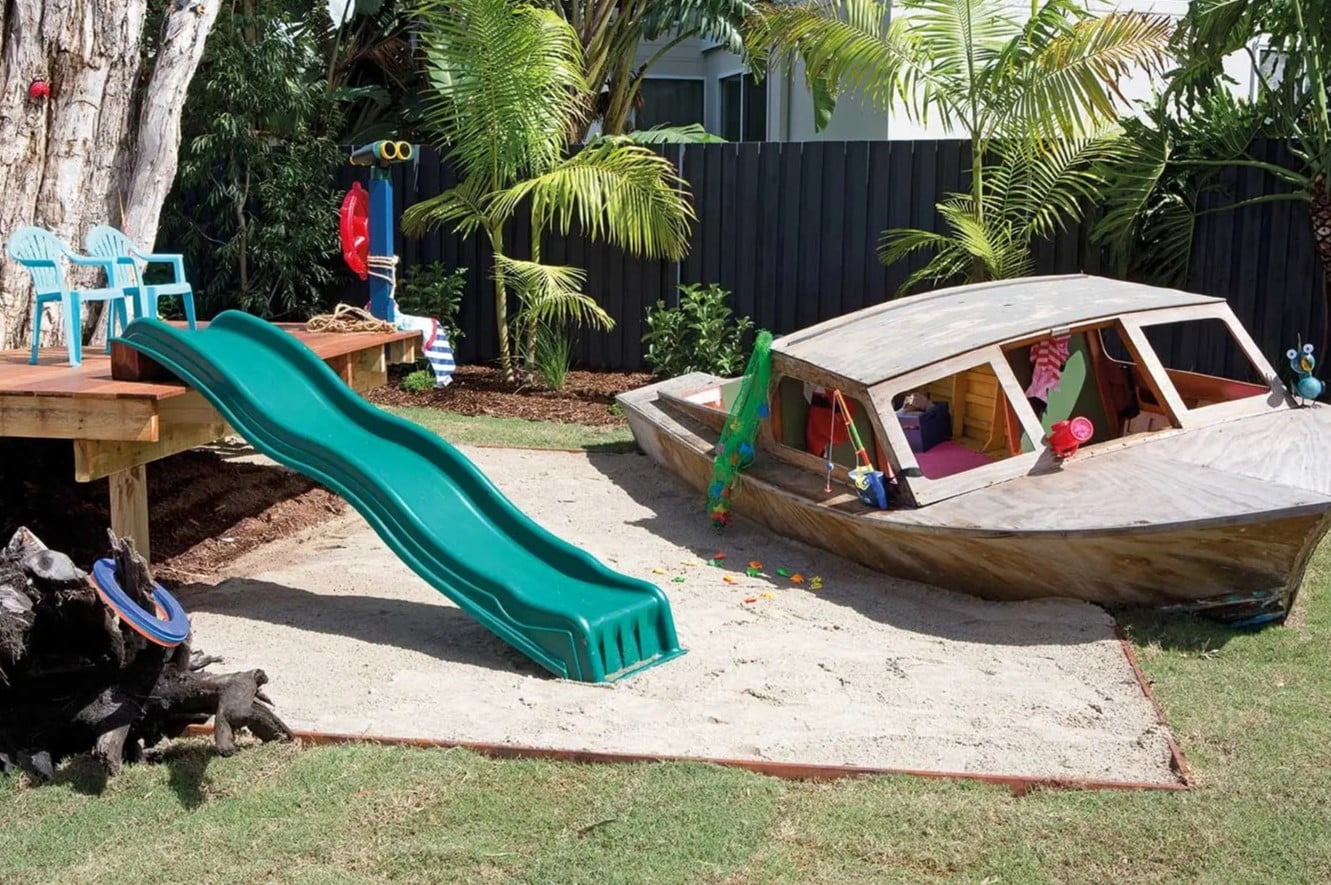
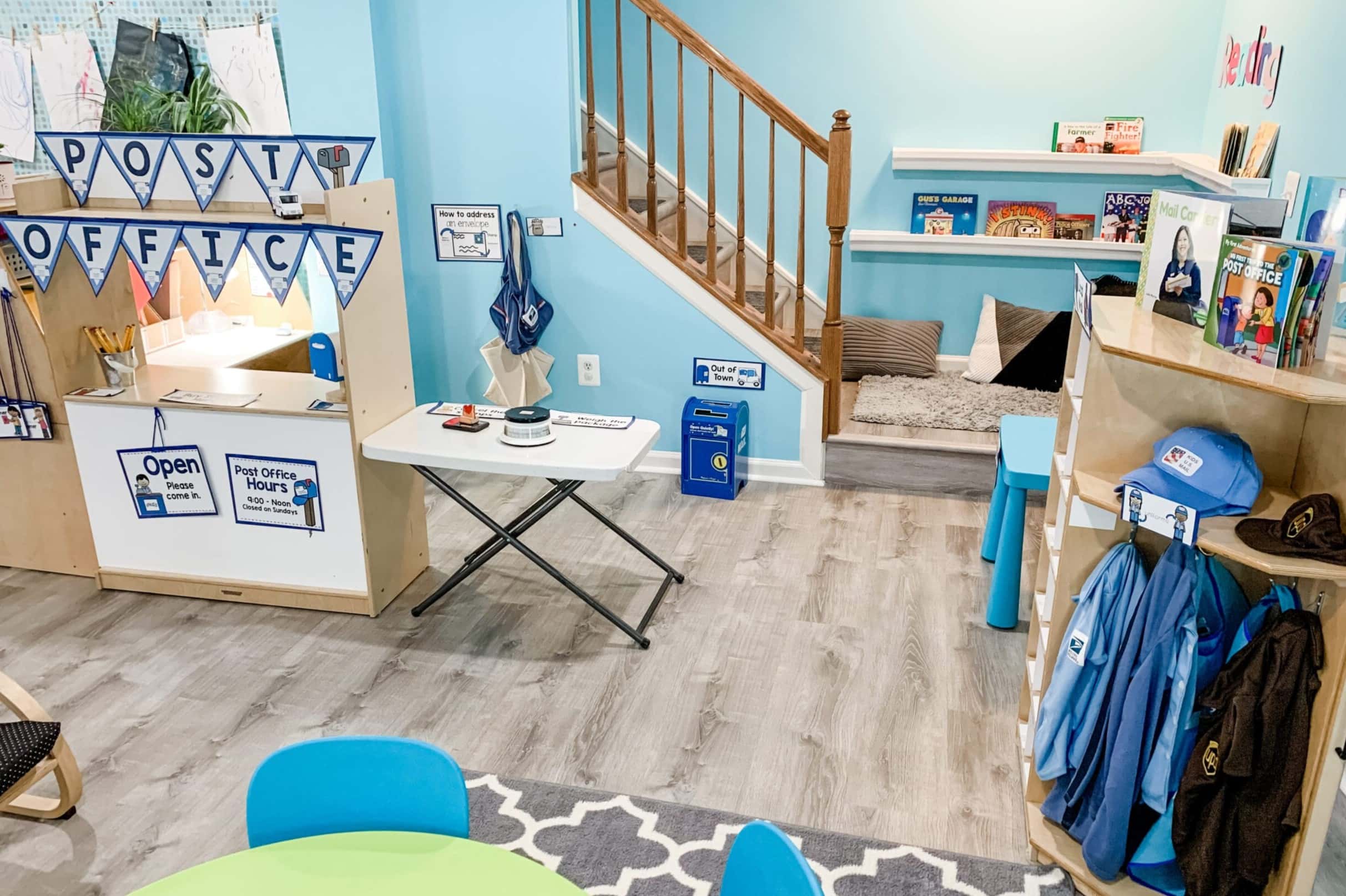
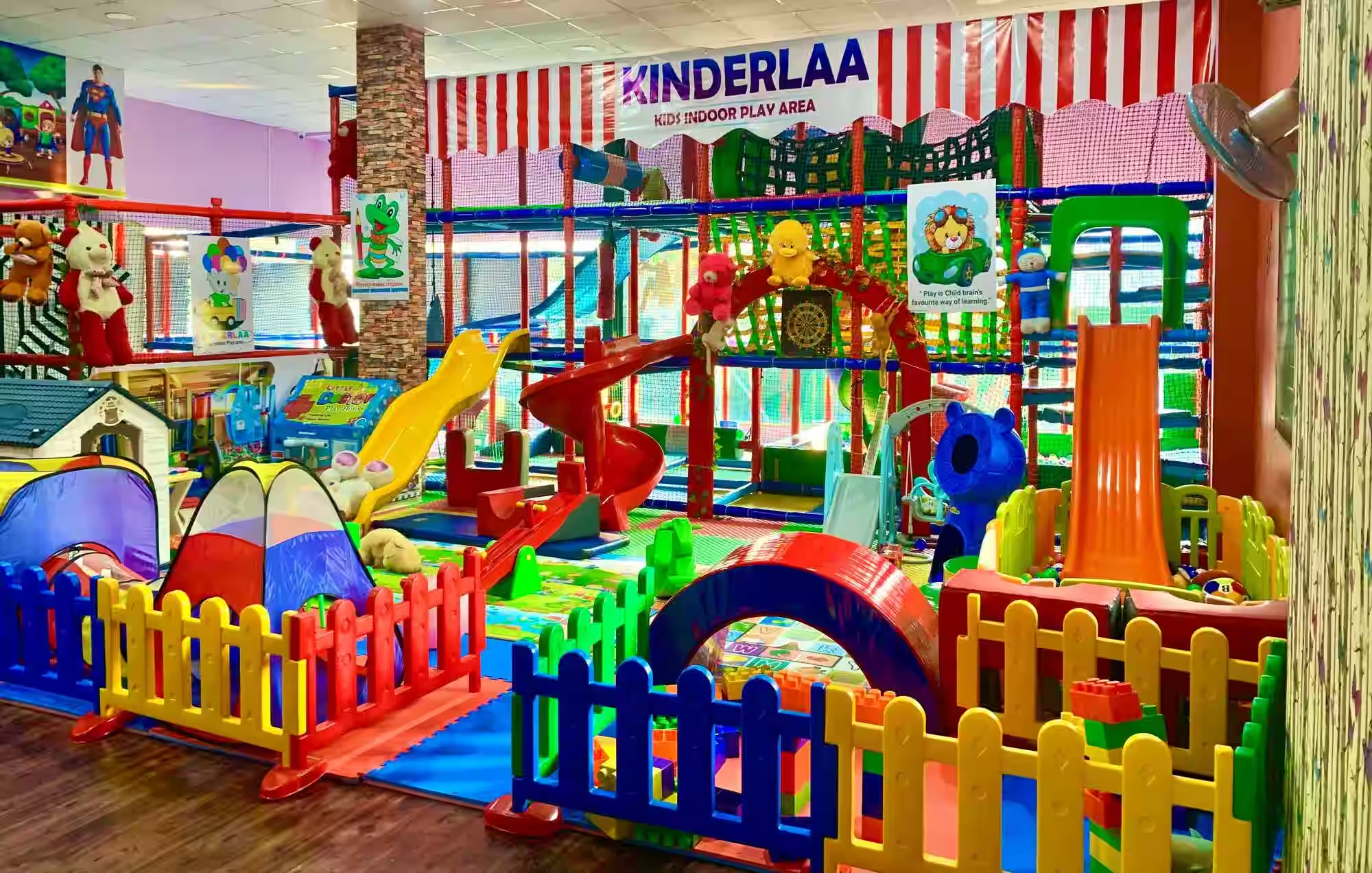
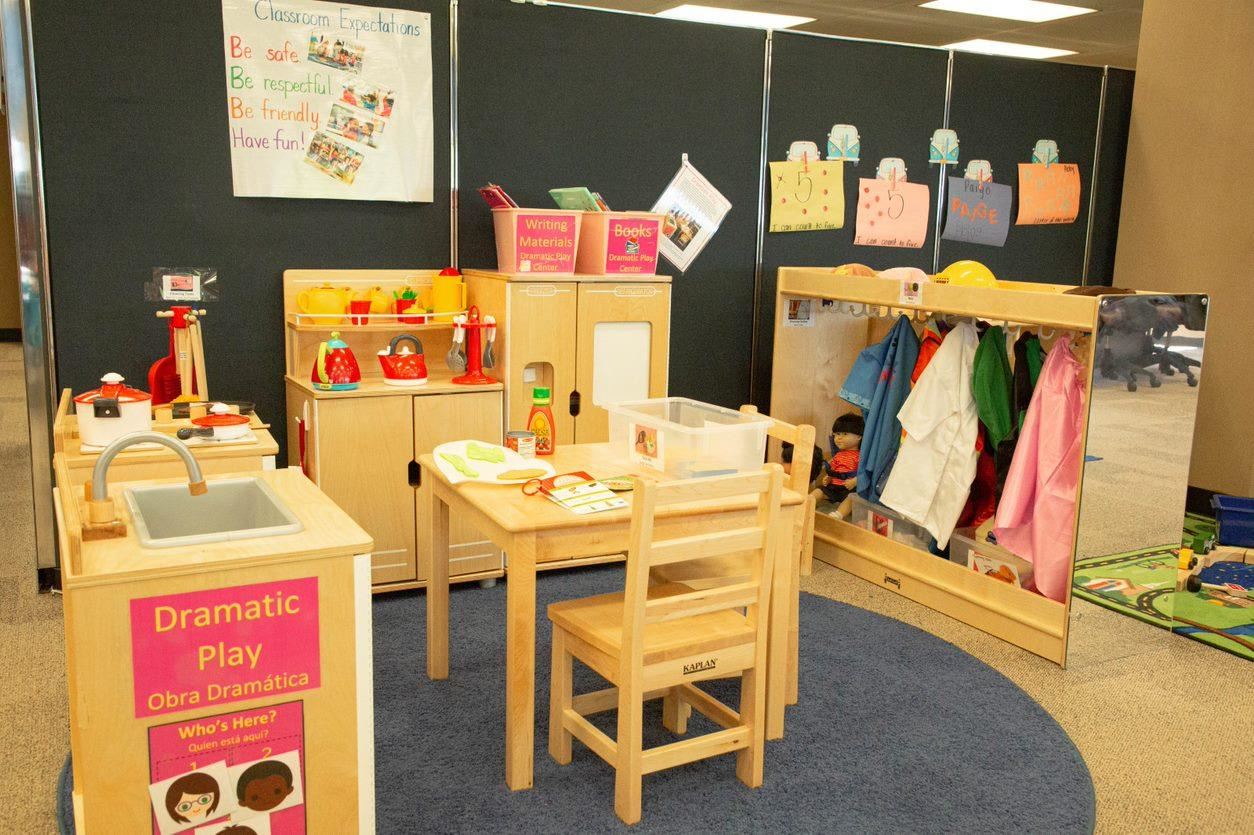
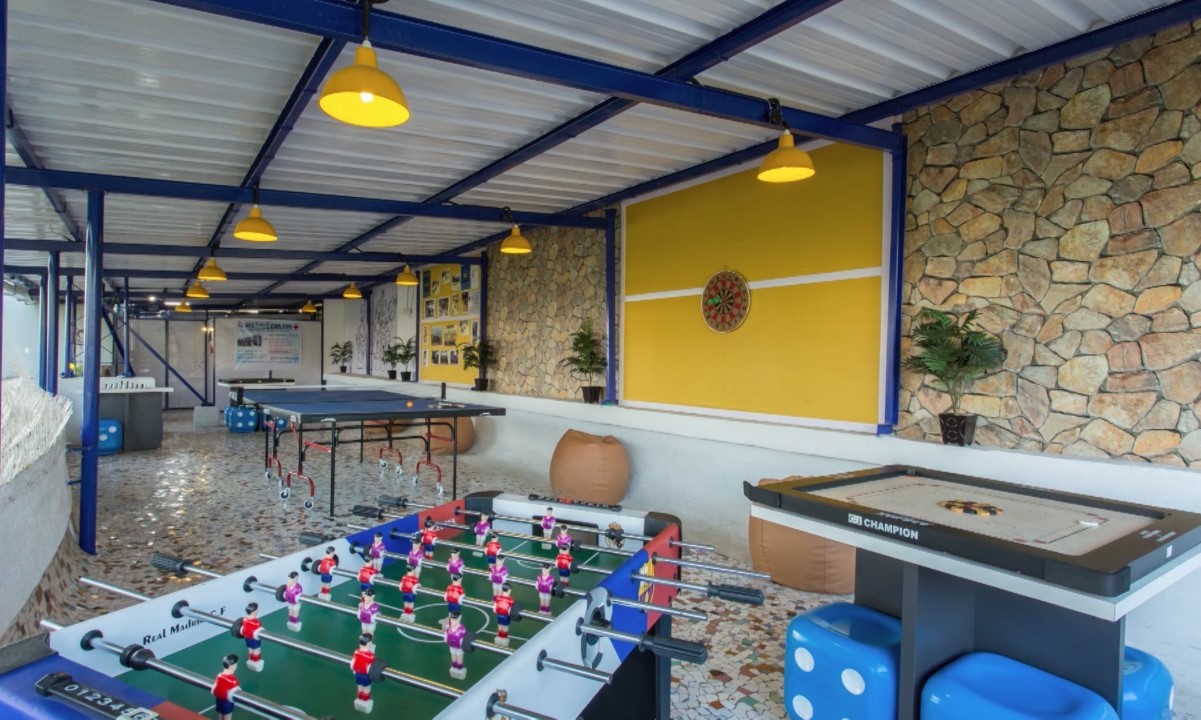
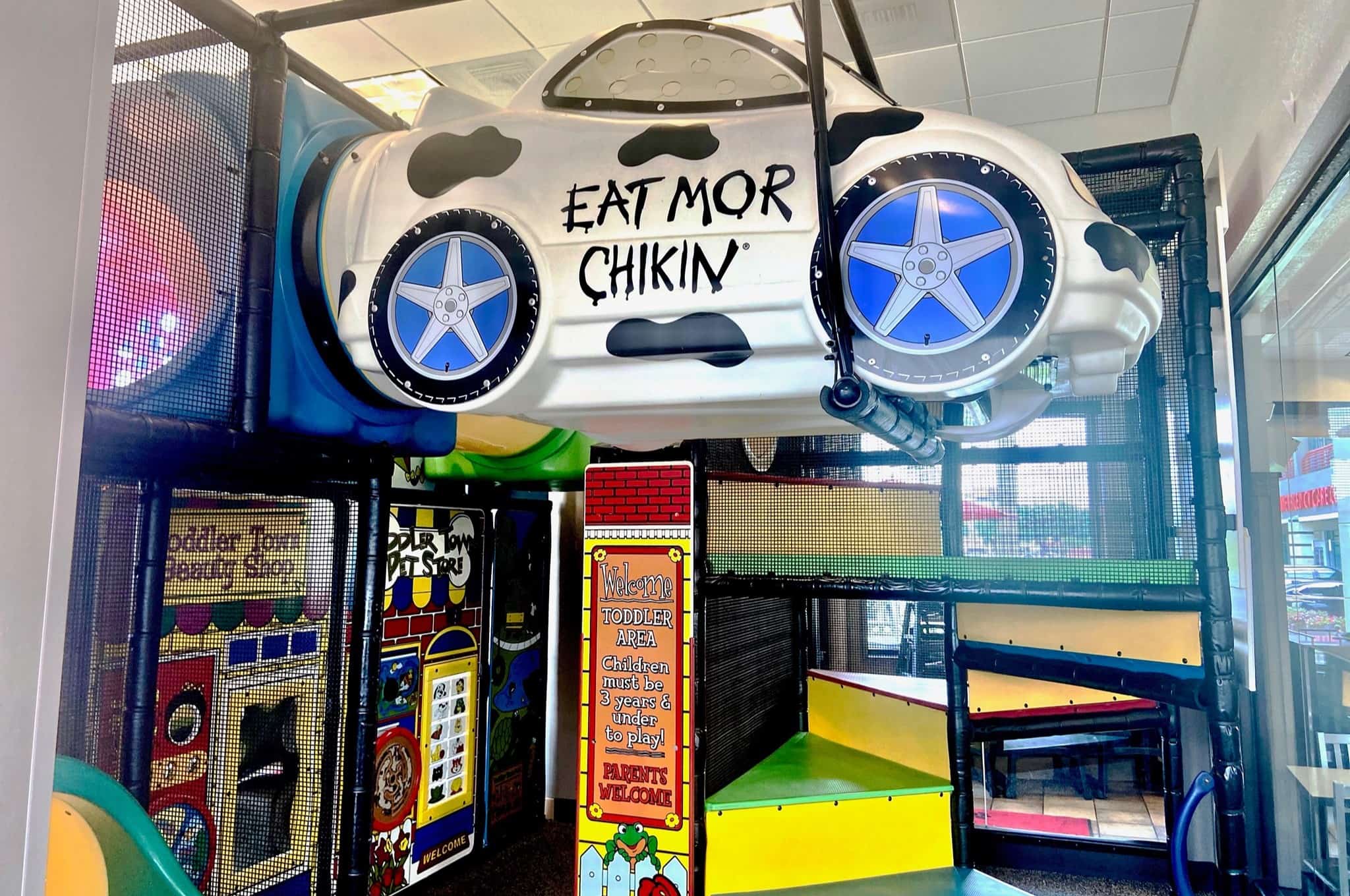
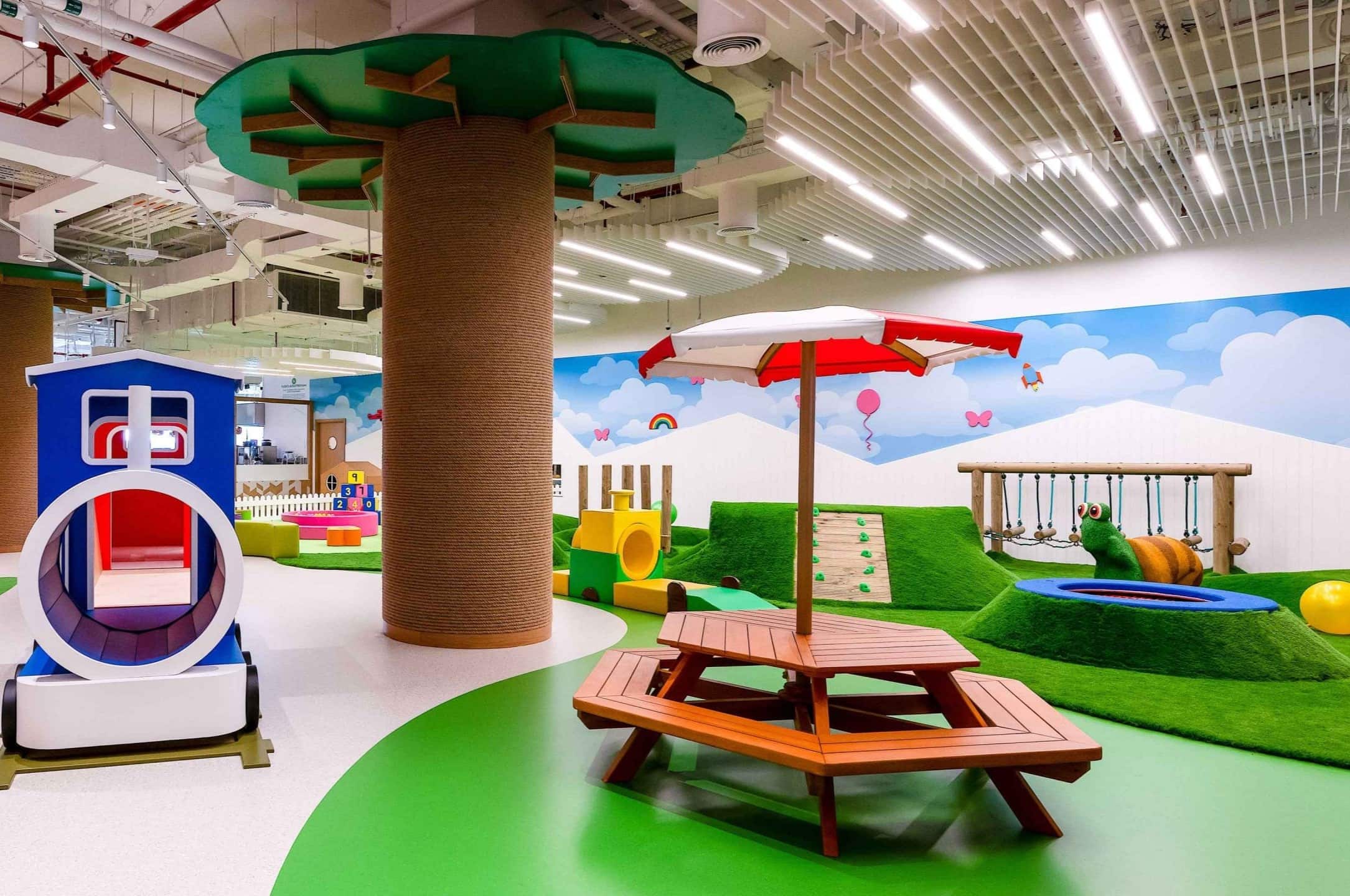
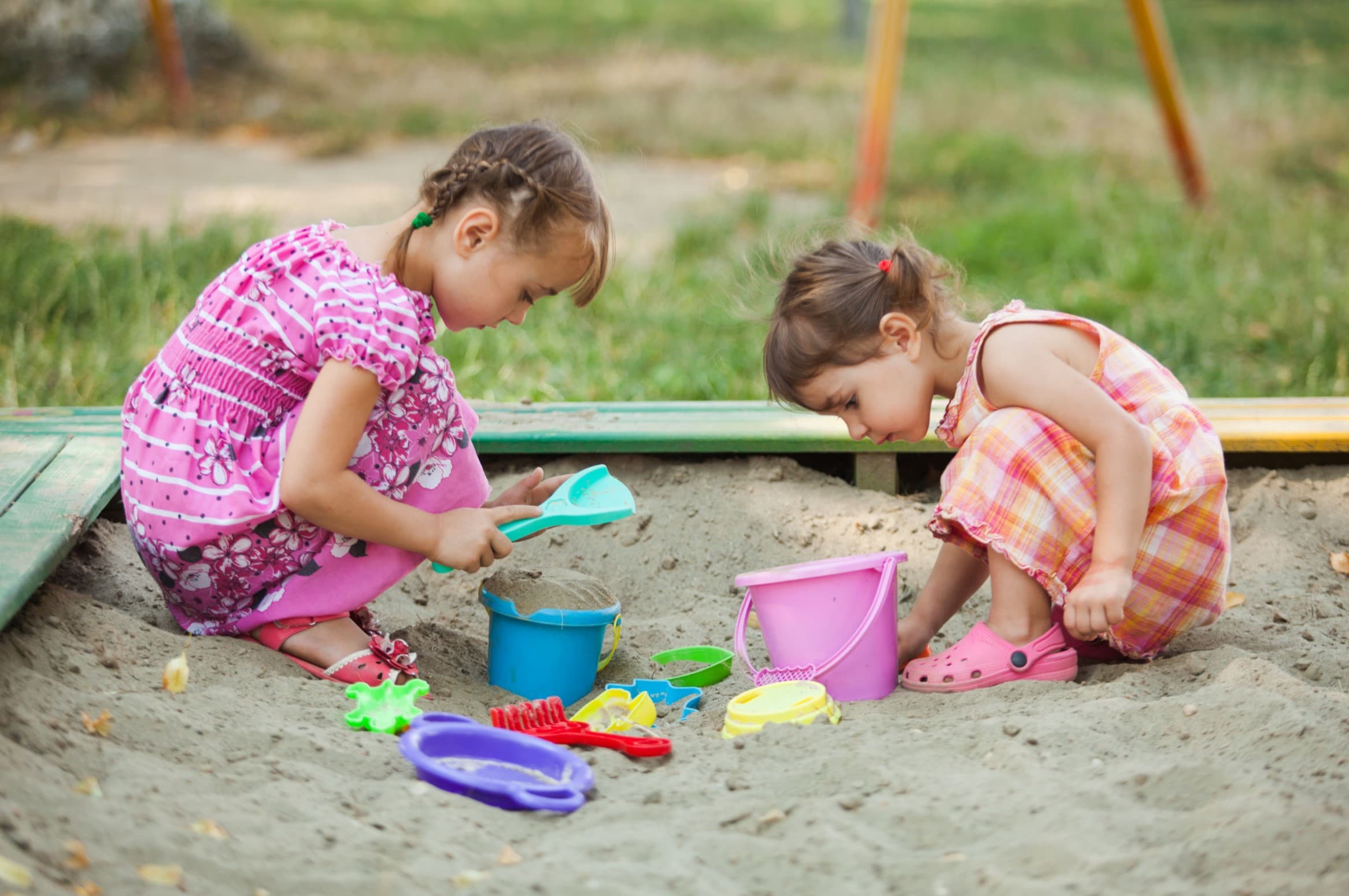
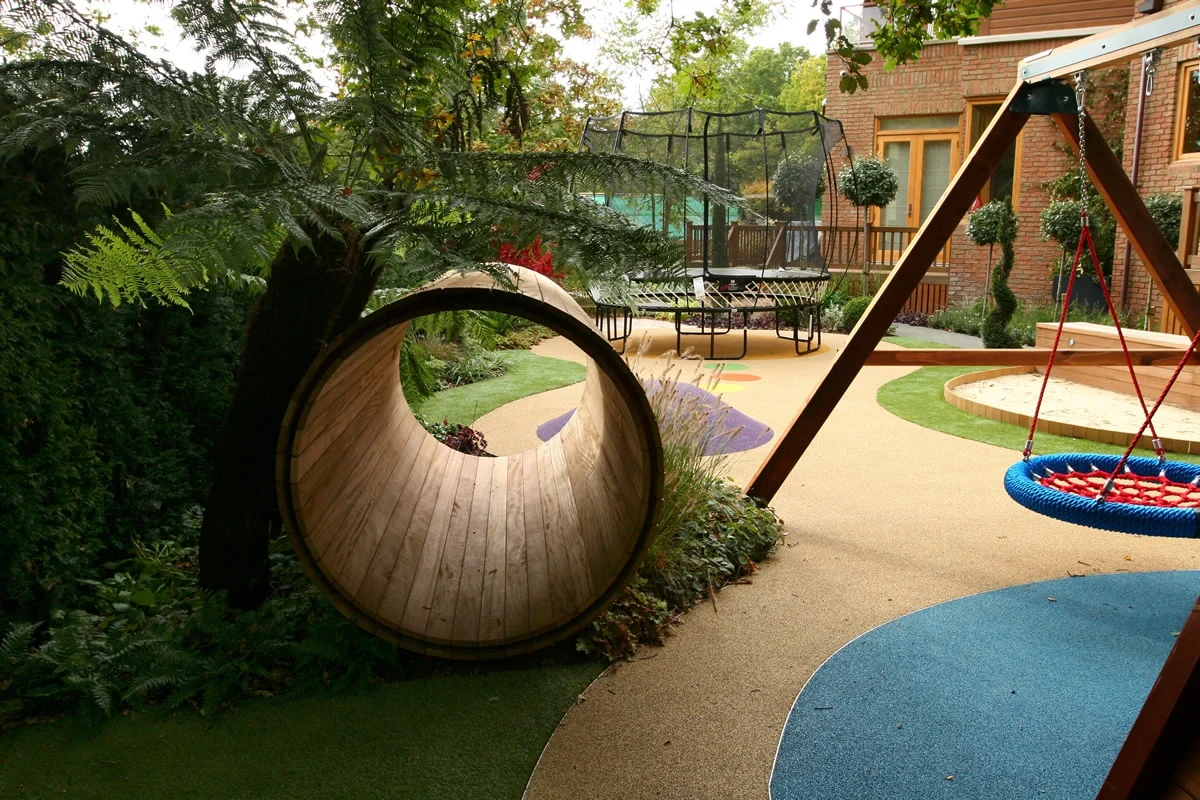

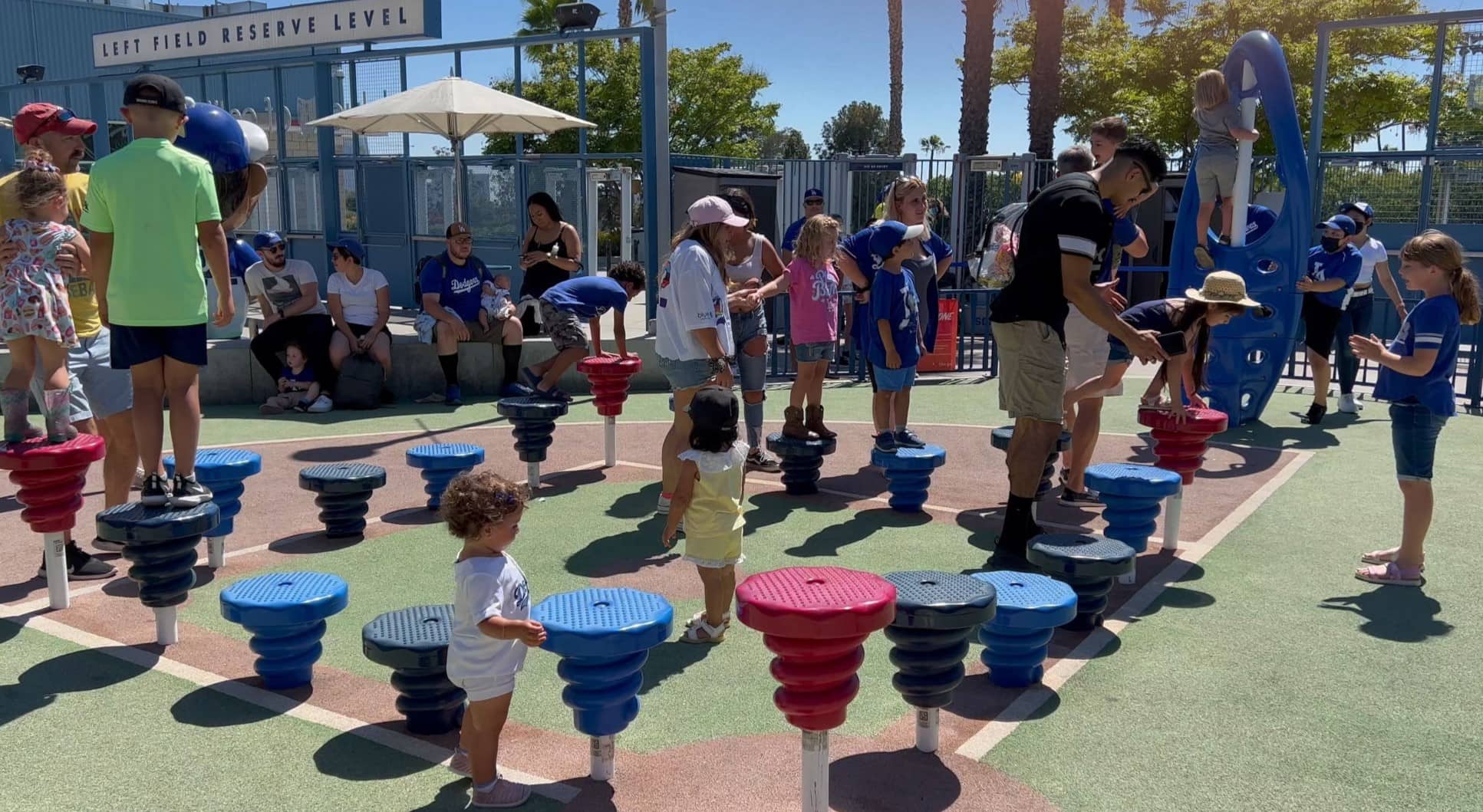
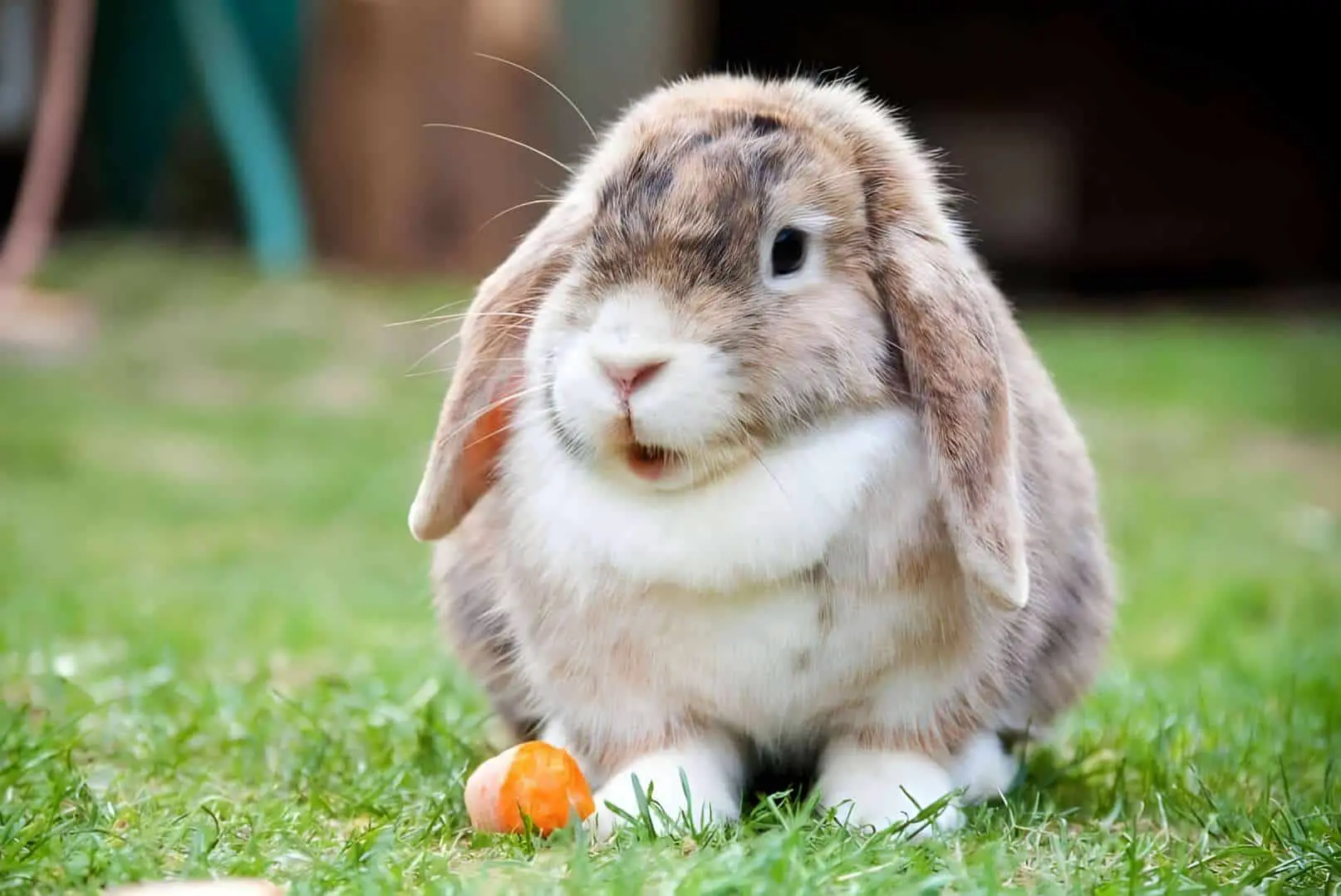

0 thoughts on “What To Put On The Ground In Children’s Play Area”